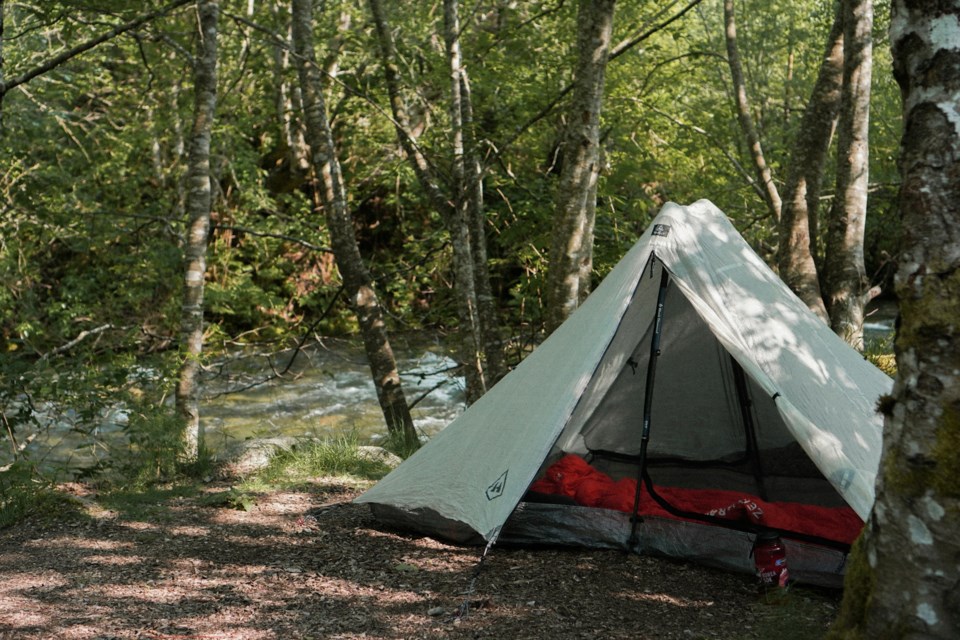I must confess that I am a culprit of gatekeeping the outdoors.
The common perception of gatekeeping entails restricting access to resources and information to a select group.
It implies that information or opportunities are only available to those deemed worthy—the established insiders with the right connections or residing in certain privileged spaces.
But let’s consider the broader definition by Cambridge Dictionary: “The activity of trying to control who gets particular resources, power, or opportunities, and who does not.”
In this context, many of us likely engage in gatekeeping the outdoors. But is it always wrong? Is it wrong to caution against backpackers camping illegally in fragile environments or taking risky detours for social media posts? Is it wrong to advise against skiing in avalanche-prone areas based on forecasted conditions?
I’ve found myself gatekeeping at times. A friend, who has never climbed before, is going sport climbing outdoors with someone claiming experience, along with another novice. The experienced person isn’t a guide, which raises safety concerns. Another time, a friend asked to borrow my gear for a multi-day backpacking trip despite having no prior experience. In both cases, I had doubts about their decision, fearing for their safety and suggesting alternatives. In doing so, I realized I was gatekeeping by influencing their choices.
The prevalent perspective of gatekeeping the outdoors is inherently bad. However, gatekeeping in the broader context can serve a purpose. Many outdoor activities come with inherent risks, and guidelines are in place to ensure ethical and safe use of these spaces. These guidelines, I propose, can be considered forms of “good” or soft gatekeeping, aimed at safeguarding users and environment.
Certifications and Courses: Outdoor recreation certifications and courses establish minimum requirements. For instance, the Avalanche Safety Training (AST-1) certification demands skiing/snowboarding proficiency and physical fitness. These prerequisites ensure readiness for navigating diverse backcountry terrains and conditions and prevent participants from becoming liabilities due to inadequate skills.
Trail Pass Systems: During the pandemic, outdoor spaces saw increased visitation, leading to overcrowding and environmental strain. Trail Pass Systems, like the one for Panorama Ridge in Garibaldi Provincial Park, limit usage to mitigate these issues. While obtaining a pass may be tedious, it ensures users are informed and prepared.
Signage: Clear signage helps guide outdoor enthusiasts and minimize risk. For instance, at the Stawamus Chief, signs designate trails for climbers and hikers while outlining safety precautions. Similar signs elsewhere prohibit activities like drone flying or camping in sensitive areas, reducing harm to the environment.
While some forms of gatekeeping, such as discriminatory exclusion or exploiting nature, can be harmful, others prioritize safety and environmental preservation. Recognizing both types is crucial for reflecting on our biases, attitudes and intentions. Personally, I would love to introduce my friends to climbing or hiking, ensuring safety is a priority. If safety or liability concerns arise, I would recommend lessons or hiring a guide. Understanding our intent fosters safer outdoor spaces and experiences, promoting inclusivity and environmental stewardship.
Anita So
Nanaimo (Part-time in Squamish)
The Squamish Chief welcomes letters to the editor of up to 400 words. Letters should be exclusive to this publication and are meant to respond to a local story in The Squamish Chief or raise an issue happening in town. Please include your name, neighbourhood and daytime phone number. The deadline is 5 p.m. Monday to be considered for Thursday’s edition. Full names and neighbourhood will be published with the letter. The publisher reserves the right to refuse and edit letters for length and clarity or to address legal concerns. Email letters to: [email protected].




